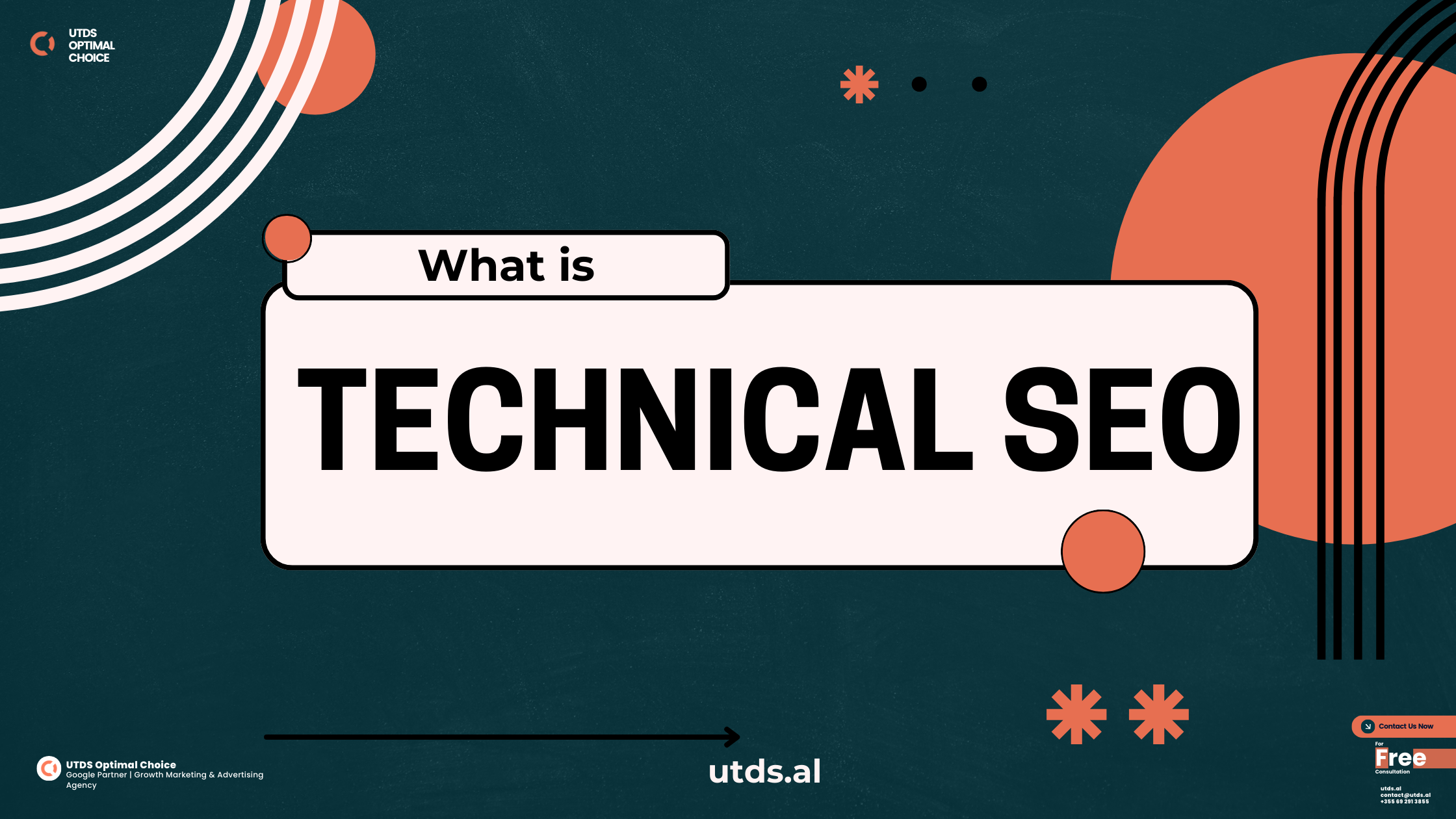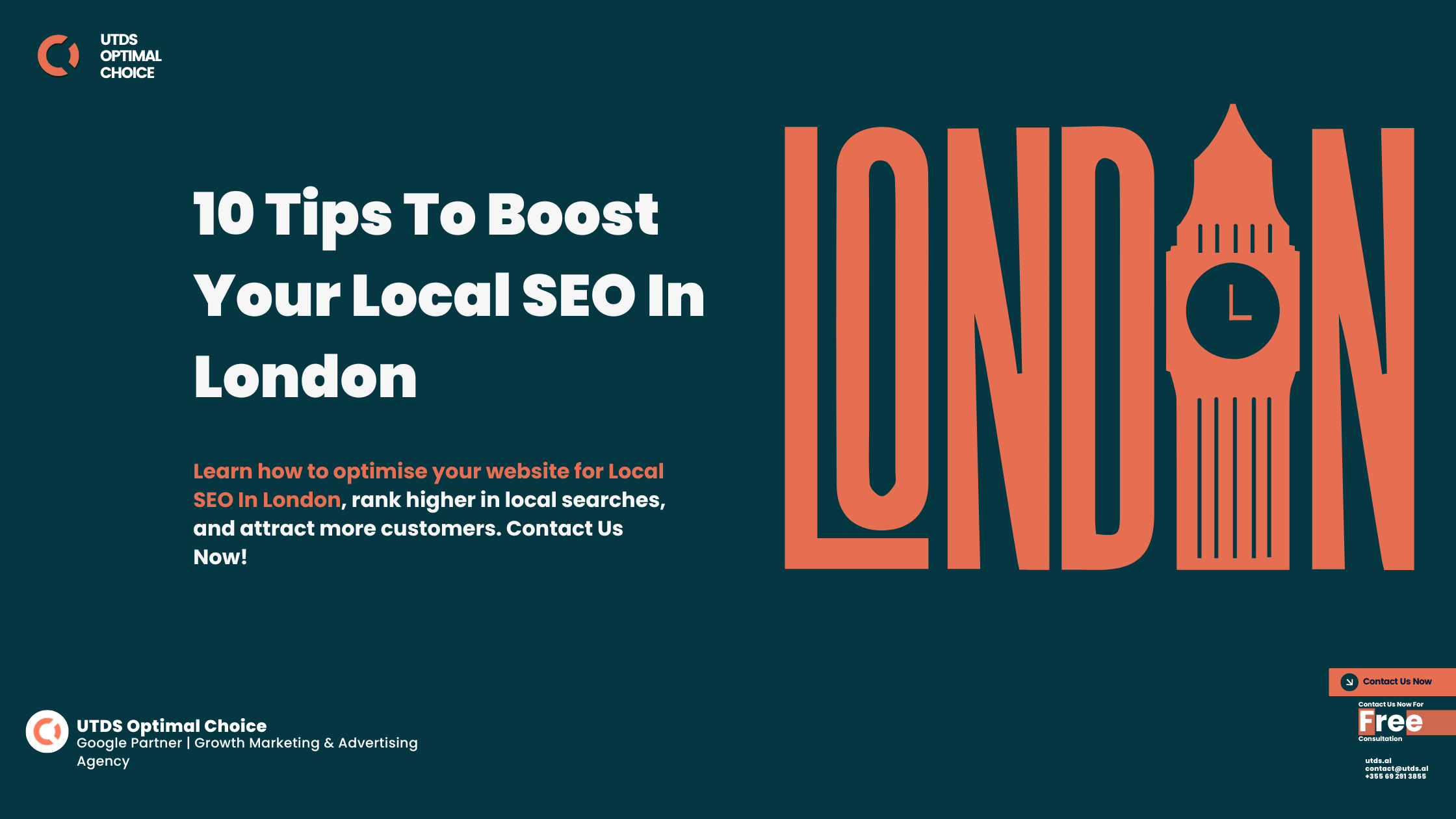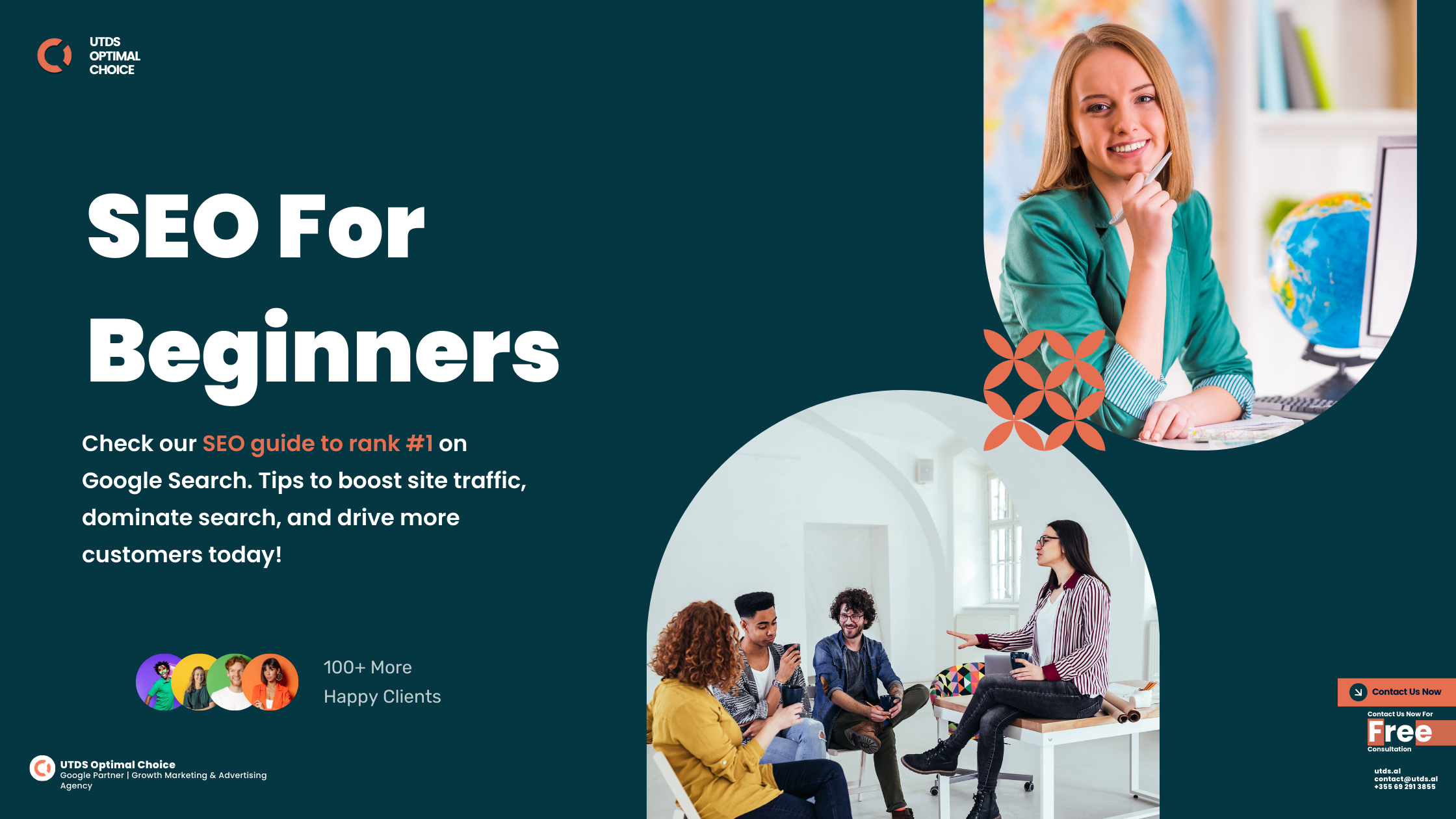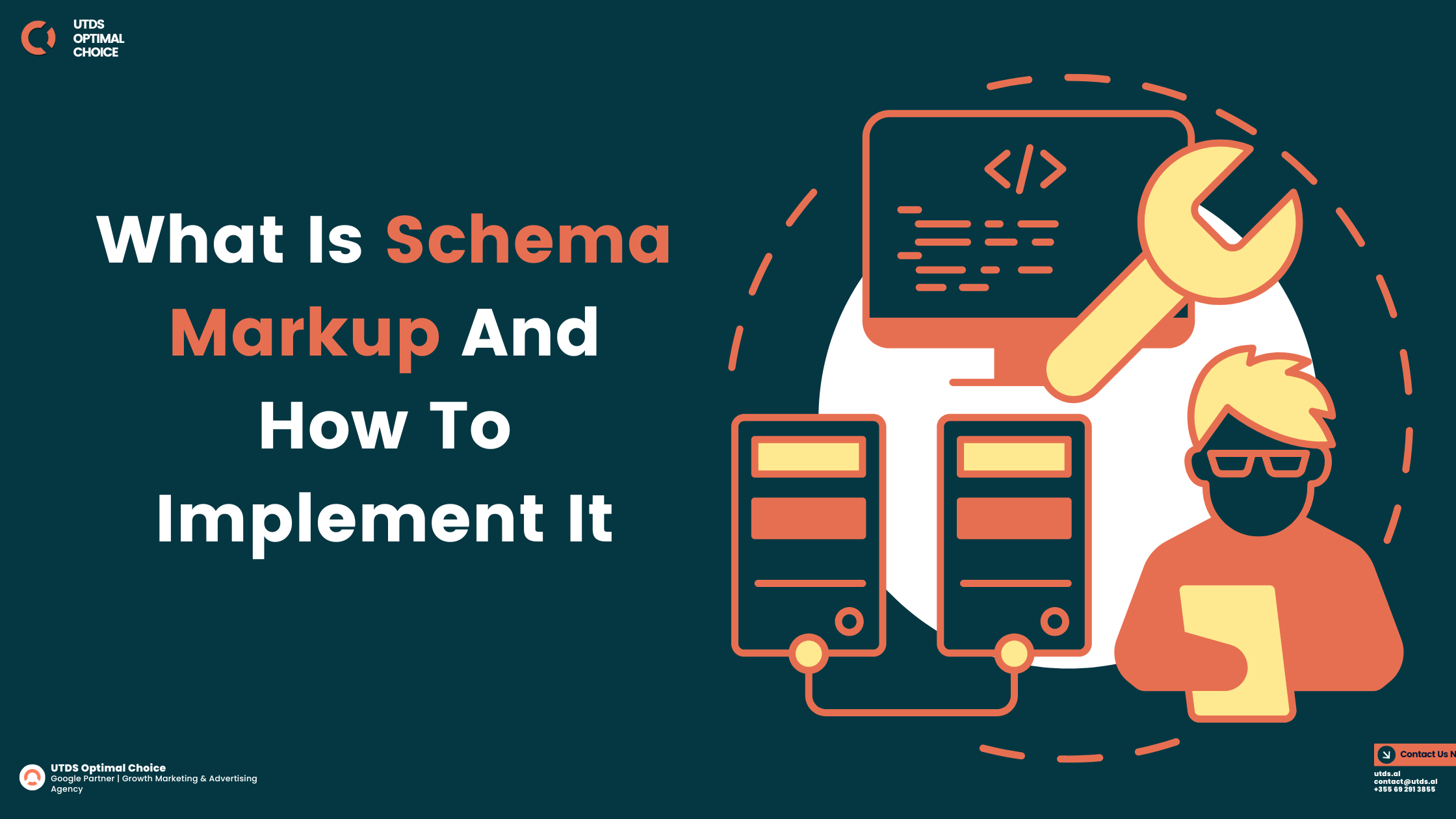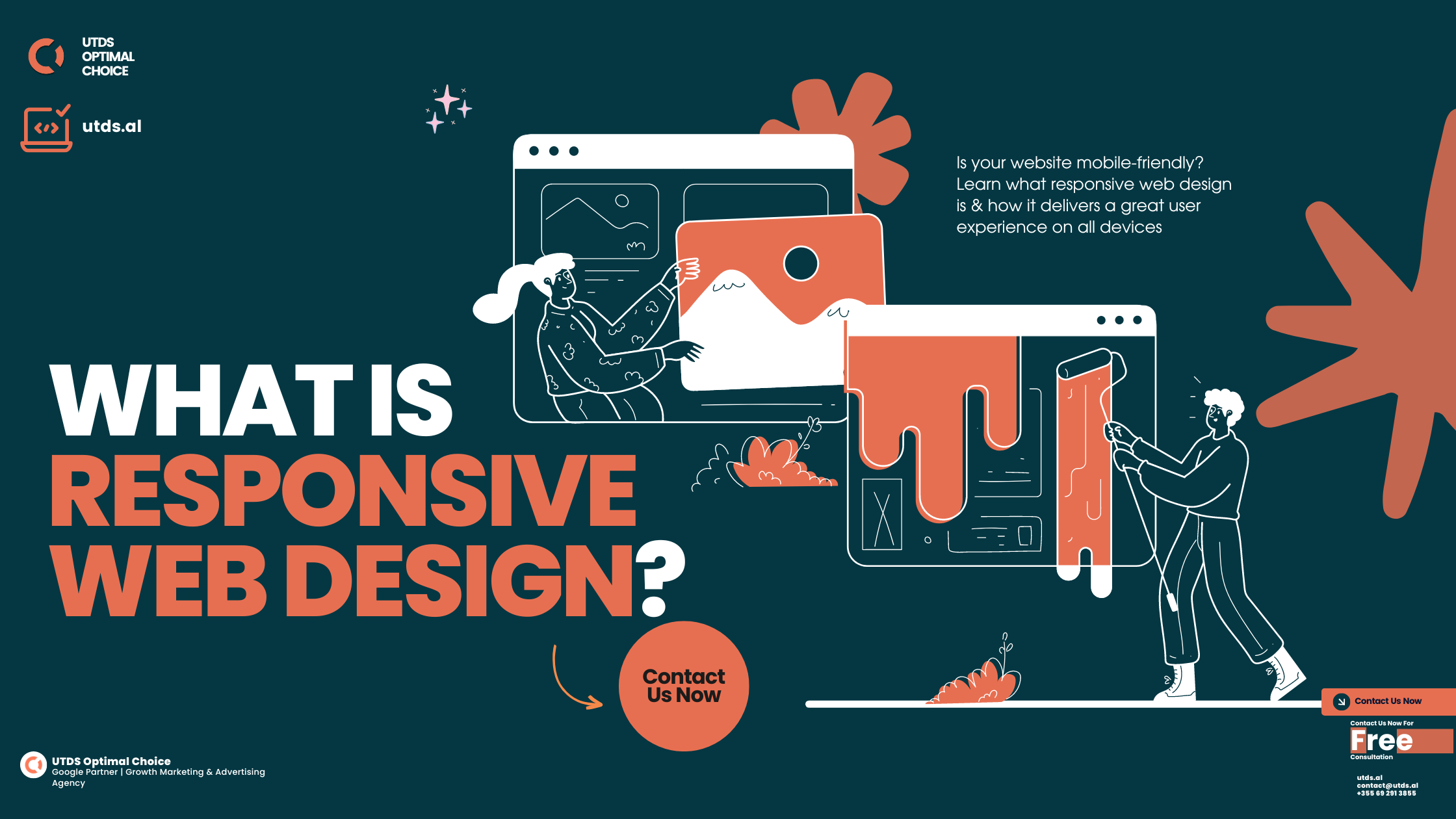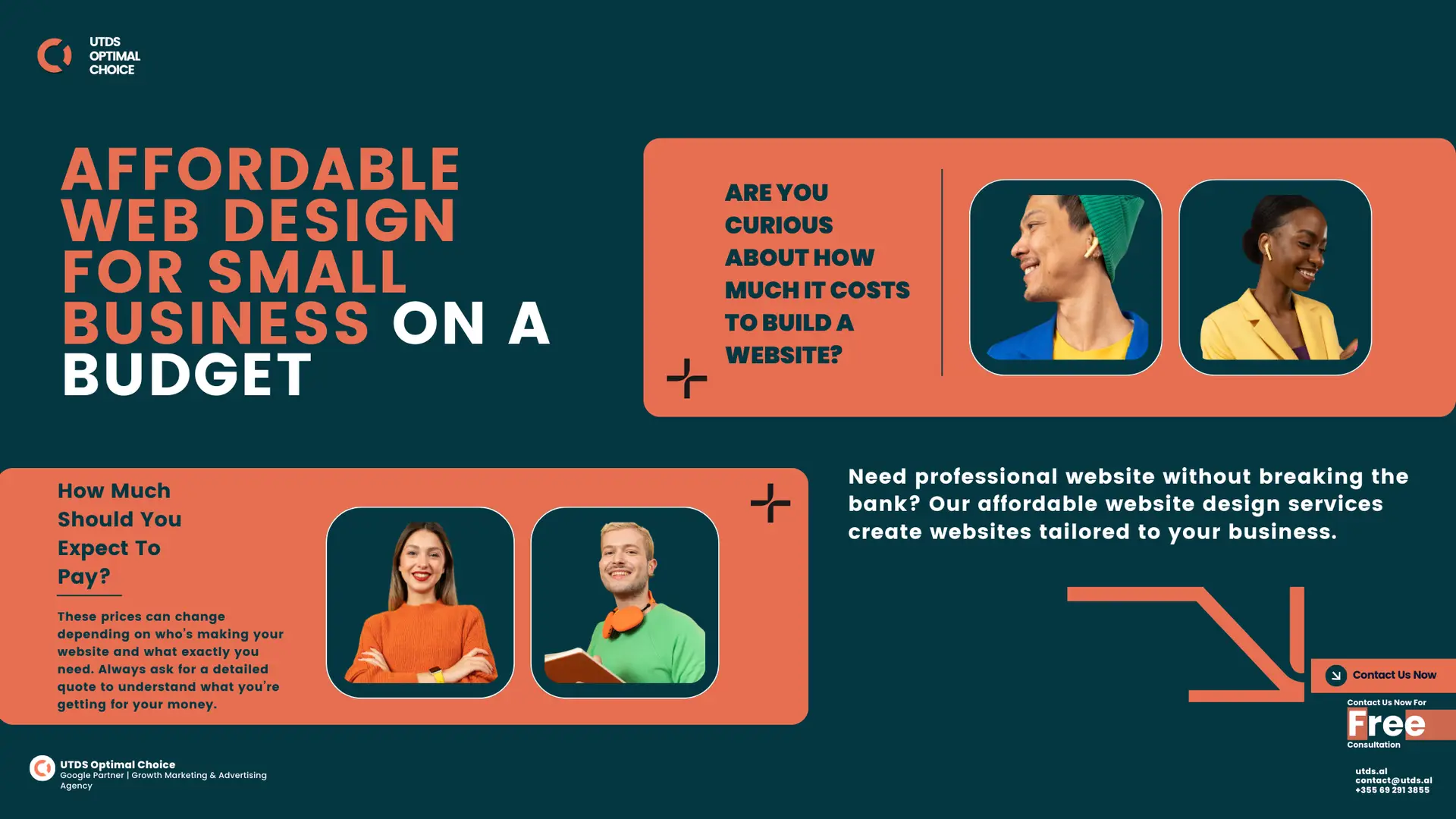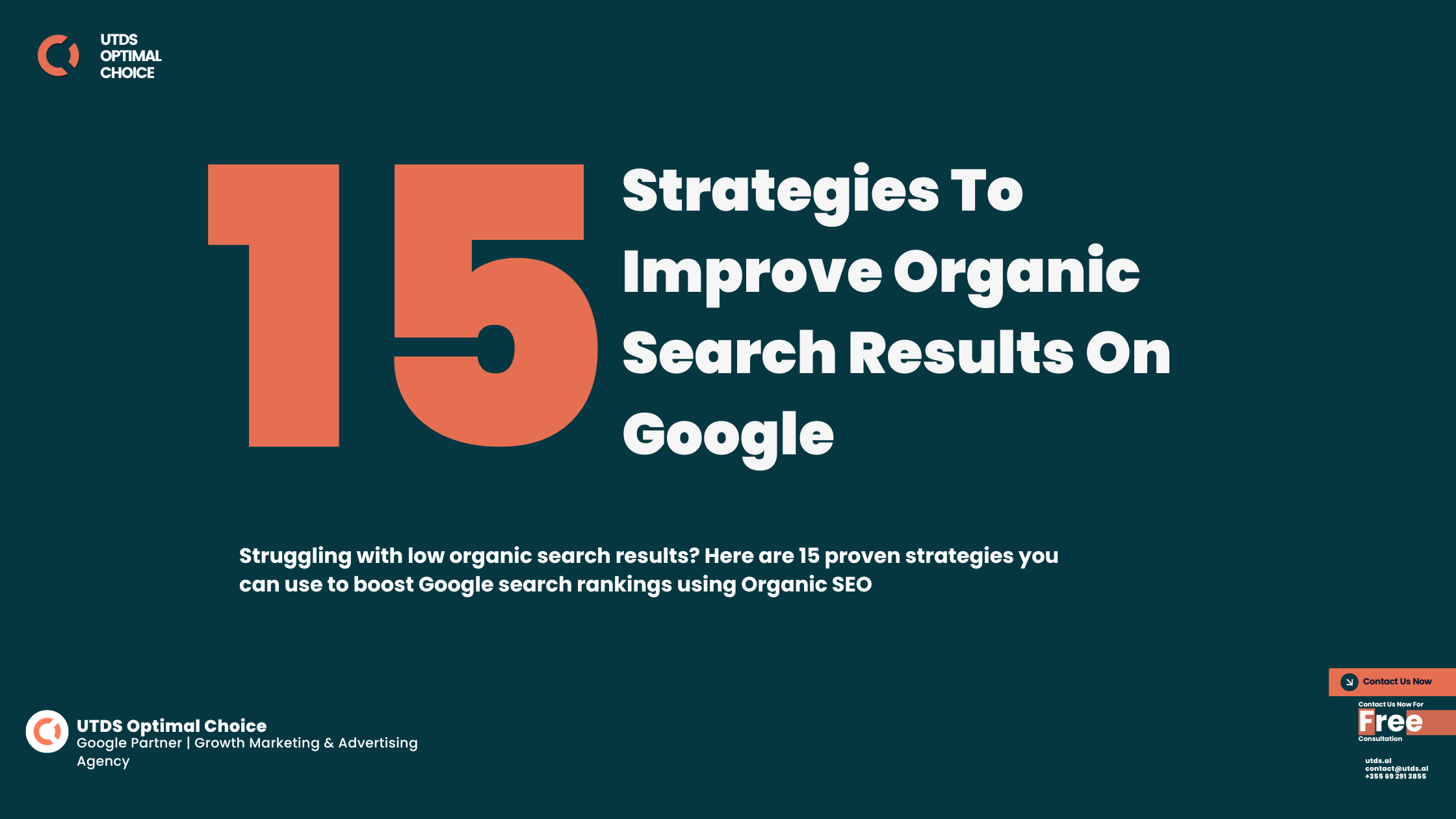Creating a website on your own may seem like a great way to save money, but there are common mistakes people make when building DIY websites that can hurt their online presence. In this guide, we’ll walk you through the eight biggest mistakes and how to avoid them. By fixing these errors, you’ll have a better chance of attracting visitors and growing your business.
Ready to avoid these mistakes and build a website that truly stands out? At UTDS Optimal Choice, we create custom-designed, professional websites tailored to your unique needs. Contact us today for a free consultation and discover how we can help you create a website that delivers results.
Top 8 Biggest Mistakes Of DIY Websites
1. Poor Mobile Optimisation
With over 50% of web traffic coming from mobile devices, it’s crucial that your website works perfectly on phones and tablets. DIY websites often lack proper mobile optimisation, resulting in slow load times and a frustrating user experience. Google even prioritises mobile friendly websites in search results, so ignoring this can harm your rankings.
Fix: Use responsive web design. This ensures your website automatically adjusts to fit any screen size, providing a seamless experience for mobile users.
Why it matters: Websites that are optimised for mobile rank higher on Google, bringing in more organic traffic.
2. Slow Page Loading Times
Did you know that 53% of visitors will leave a page if it takes more than 3 seconds to load? DIY websites often suffer from slow loading speeds because of large image files, unoptimised videos, or bloated code. Slow websites not only drive away visitors but also negatively impact your search engine rankings.
Fix: Compress images and use tools like Google PageSpeed Insights to identify and fix performance issues.
Quick Tip: Aim for a page load time under 3 seconds to keep visitors engaged and reduce bounce rates.
3. Unclear Navigation
When visitors land on your website, they want to find information quickly. Complex or confusing menus can frustrate users, causing them to leave before taking action. DIY websites often struggle with user-friendly navigation, making it difficult for visitors to find what they need.
Fix: Simplify your navigation by using clear, intuitive labels like “Home,” “Services,” and “Contact.” Limit the number of menu items to avoid overwhelming users.
Pro Tip: Well-structured navigation improves user engagement and makes it easier for search engines to crawl your site, boosting your SEO.
4. Lack of SEO Optimisation
One of the biggest DIY website mistakes is not focusing on Search Engine Optimisation (SEO). Without SEO, your website is like a needle in a haystack—difficult for people to find. Common SEO mistakes include missing meta descriptions, unoptimised images, and not using relevant keywords.
Fix: Research high-traffic, low-competition keywords like “DIY websites mistakes” and “website design tips for beginners” to include in your content. Don’t forget to add meta descriptions and alt text for images to improve your chances of ranking in search engines.
Pro Tip: Use tools like Google Keyword Planner or Semrush to find relevant keywords to include throughout your site. This helps your website appear in more search results, driving traffic.
5. Unprofessional Design
A DIY website might not look as professional as one built by an experienced designer. Whether it’s outdated fonts, clashing colours, or poor layout choices, bad design can turn potential customers away. First impressions matter, if your site looks untrustworthy, visitors may leave and never come back.
Fix: Stick to a clean, modern design. Use high-quality images, consistent branding, and easy-to-read fonts to create a professional, welcoming website.
Why it matters: Professional web design not only improves user experience but also establishes credibility, leading to higher conversion rates.
6. Missing Essential Pages
Many DIY websites forget to include working key pages that visitors expect, such as a “Contact Us” page or a 404 error page. These pages are essential for both users and search engines. For example, Having “Contact Us” page without lead forms means, you risk losing potential customers who want to get in touch.
Fix: Fix all the essential pages like “Contact Us,” “About Us,” “Privacy Policy,” and make sure all they work and fulfill their objective and also ensure your website has a clear sitemap.
Pro Tip: Including these pages not only helps with user experience but also improves your site’s search engine ranking.
7. No Clear Call-to-Action (CTA)
A common DIY website mistake is not guiding users on what to do next. Without a clear and compelling Call-to-Action (CTA), visitors may not know how to proceed, whether it’s contacting you, signing up for a newsletter, or making a purchase.
Fix: Add strong CTAs throughout your site, such as “Get a Free Quote Today!” or “Contact Us for a Consultation.” Place these in highly visible areas, like at the end of blog posts, contact forms, pop-ups or on the homepage.
Why it matters: A well-placed CTA increases the likelihood of visitors taking the next step, turning them into leads or customers.
8. Lack of Security Features
DIY websites often skip essential security features, leaving your site vulnerable to hacking or data breaches. Not having SSL certificates (the “https” in your URL) can make visitors feel insecure about browsing your site, which can also hurt your search rankings.
Fix: Ensure your website is secure by using SSL certificates and regularly updating your website’s software and plugins to prevent vulnerabilities.
Pro Tip: Secure websites rank better in Google searches and build trust with visitors, encouraging them to stay on your site longer.
How To Optimise for Core Web Vitals
As Google continues to prioritise user experience, make sure your website passes the Core Web Vitals test. This includes page speed, visual stability, and interactivity. Tools like Google Search Console can help you identify areas for improvement.
How Can We Help You
At UTDS Optimal Choice, we specialise in custom website design that’s tailored to your unique needs and business goals. Whether you’re starting from scratch or looking to revamp your current site, our team of expert web developers will create a professional, responsive, and SEO optimised website that stands out from the competition.
We don’t just offer cookie-cutter solutions; we design websites that reflect your brand’s personality, engage your audience, and convert visitors into loyal customers. Plus, with our expertise in PPC advertising, we can drive traffic directly to your newly designed website, ensuring your business grows faster.
Not sure where to start? Don’t let DIY website mistakes hold you back. Get a free consultation today and see how our professional web design services can help your business grow.

